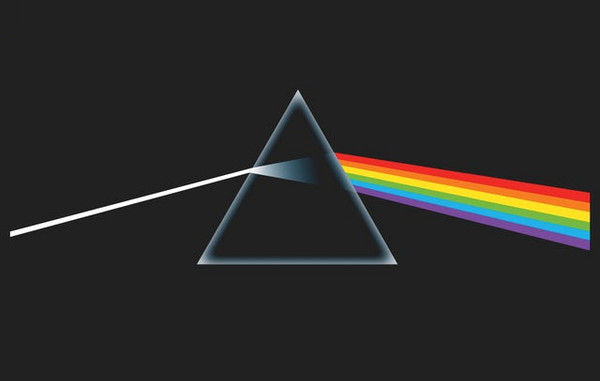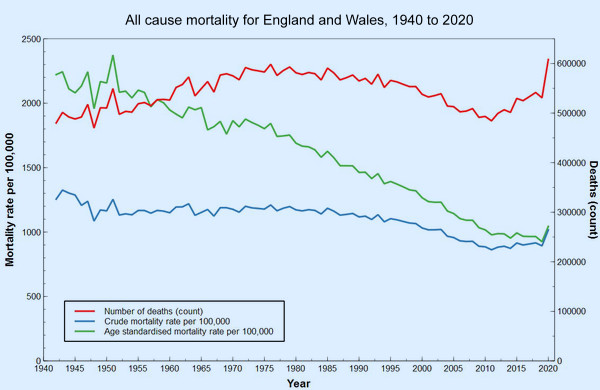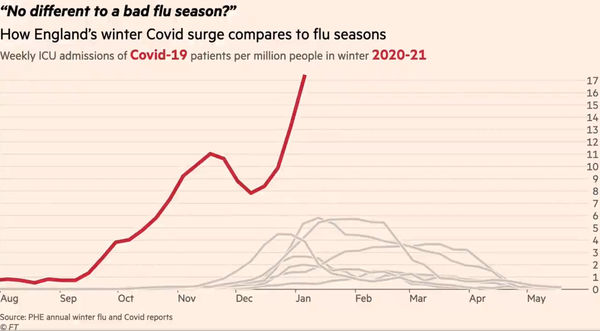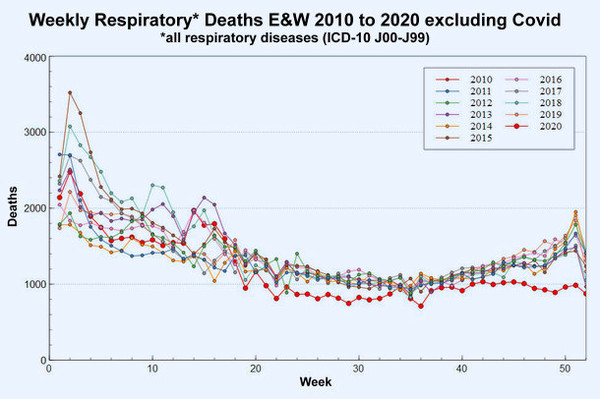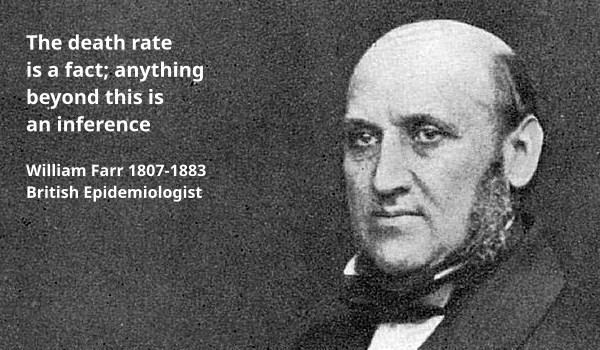
Covid! The very word is like a bell, to toll me back from my sole self to thee! Dr No continues to wonder about covid entries on death certificates, and how and why these entries do or don’t end up in ONS’s weekly counts of covid deaths. Unlike the pin-ball wizardry of counting every single death within twenty eight days of a positive covid PCR test as a covid death — an indiscriminate and robotic definition — one hopes, rather forlornly, that a modicum of medical effort on the part of the doctor completing the medical certificate of cause of death, or MCCD, followed by sensible coding of underlying cause of death by ONS, might give confidence that when we sidestep Donne and send to know for whom the bell tolls, then at least the count of tolls for covid are reasonably accurate. But are they?




